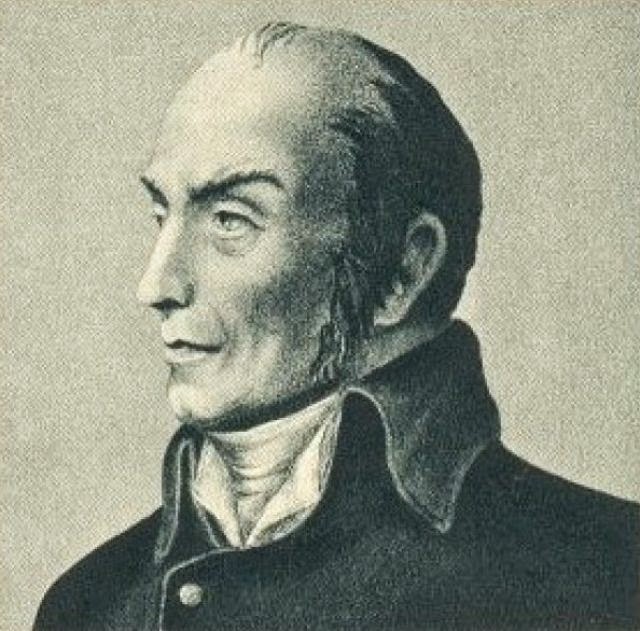Exactly one hundred years ago three
cousins, all grandchildren of Queen Victoria, fought against each other in the
"War to end all Wars," the King of Great Britain, the Czar of Russia,
and the Kaiser of Germany. Their alliances with France, the Austrian-Hungarian
Empire, and the Ottoman Empire (today' Greece and Turkey,) pulled these cousins
into the bloodiest conflict the world had ever seen. The armies they raised and
fought against each other were so massive that the Western front in Europe had had
one flank anchored on the Alps to the South and other flank anchored on the
North Sea to the North.
.jpg) |
| Western Front 1914 |
Such long battle lines made it
impossible for either side to out flank the other. Modern weapons like the
machine gun, but more importantly artillery, like the breach loading French
75mm.
 |
| Breach loading of the French 75mm |
 |
| French 75mm |
The French 75mm was also rifled, it
had groves in the inside of the barrel that caused it's projectiles to spin
before leaving the barrel, much like a quarter back puts a spin on a football
for distance and accuracy. While a smooth bore American Civil War cannon had a
range of less than a mile, The French 75mm had a range of 5 miles.
 |
| rifling |
 |
| Shrapnel Shell |
After several shots the black
powder would actually create so much smoke it could obscure the gunners
abilities to see their targets. With smokeless powder the French 75mm could
fire without giving away their positions easily, and they would not blind
themselves with smoke after repeatedly firing their gun.
 |
| Smoke from Black powder |
In the midst of all this carnage
something miraculous happened on Western Front in 1914. On Christmas Eve the
entrenched British and Germans began singing Christmas carols to each other.
 |
| British and Germans meet in no man's land Christmas 1914 |
The British at first thought it was
a trick, but seeing that the Germans were truly unarmed, they too rose from
their trenches and cautiously approached their foes across the no man's land.
In between the two enemy lines British and German shoulders greeted each other
as brothers in the spirit of Christmas.
They shared gifts with each other,
and even played "football" which what the rest of the world calls soccer.
 |
| Christmas Truce of 1914 |
These young men in the trenches created
an unofficial truce during the bloodiest conflict the world had yet ever seen.
From the men that actually did the fighting and dying, peace was germinating,
it was an opportunity in the first five months of the war to end a conflict
that would stretch on for another three and half years.
Unfortunately the national leaders
and generals on both sides would have none of it. The day after Christmas the
slaughter restarted. Never again was there another Christmas Truce during World
War One that did not end until 1918.
Please check out General Hindsight's Christmas Special. Hope you enjoy it and learn something interesting. http://youtu.be/fX7Qud9gO38








.jpg)












